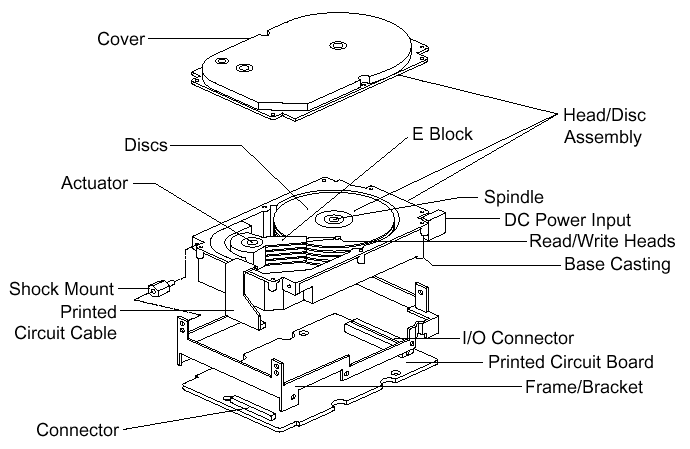In the today's technology-driven world, upgrading or building a computer can often come with a hefty price tag. But, savvy tech enthusiasts know that there is a treasure trove of options available through surplus computer parts. These components are not only budget-friendly but can also deliver impressive performance when selected wisely. Whether you're a seasoned builder or just dipping your toes into the vast ocean of computing hardware, understanding how to navigate the surplus market can save you both time and money.
In this ultimate guide, we'll explore everything you need to know about buying surplus computer parts effectively. From identifying high-quality components to spotting genuine parts amidst counterfeits, we will equip you with practical tips for making the most of your surplus shopping experience. With a wealth of information at your fingertips, you'll be prepared to assess the condition of various components, find the best deals, and avoid common pitfalls along the way. Let's dive in and unlock the potential of surplus computer parts to elevate your tech game.
Comprehending Overstock Computer Parts
Excess technology components are those that are excess inventory, discontinued products, or goods returned clients. Such parts can consist of various items from mainboards and graphics cards to RAM and energy units. Often, they are sold at a discounted price in relation to brand new items because they may not come in factory boxes or may have slight defects. The market for surplus parts has grown as enthusiasts and cost-aware buyers look for cost-effective options, giving them access to gadgets that would else be outside financial reach.
An important of the key advantages of purchasing overstock technology parts is the opportunity for significant savings. Consumers can locate premium components that are still working and can lengthen the usage of their current setups or help assemble new ones at a tiny percentage of the expense of unopened items. However, it is crucial to meticulously evaluate these components for standards and fit to make sure a satisfactory transaction.
Despite the benefits, there are intrinsic risks with overstock technology components. The condition and reliability of these components can vary widely, and without adequate evaluations, buyers may end up with faulty or fraudulent products. Therefore, knowing what to look for when buying and how to test and verify the quality of overstock components is crucial for anyone considering venturing into this market.
Evaluating Caliber and Performance
In the realm of surplus PC parts, assessing the quality and efficiency of components is crucial for ensuring a reliable build. Start by examining the physical condition of each part; search for signs of wear, oxidation, or defects. For instance, in used graphics video cards and motherboards, physical inspection can reveal issues that may not be immediately apparent during testing. Think about using a magnifying glass to closely examine solder joints and capacitor states, as these can significantly impact interoperability and lifespan.
Testing efficiency is just as important. For components like CPUs and GPUs, benchmarks can provide insights into their capabilities. Use software tools to stress test these parts under load conditions similar to what you expect during standard operation. click here now will help pinpoint any performance bottlenecks or failures that could impair your system’s overall performance. Additionally, assessing RAM speed and ensuring power supply units provide consistent voltage are essential steps in evaluating caliber.
Finally, research the brand reputation and product reviews associated with surplus components. Understanding which brands have a track record of reliability can guide your purchasing decisions. User forums and reviews can offer firsthand accounts of performance and longevity, assisting you in making knowledgeable choices. By thoroughly assessing the quality and performance of surplus PC parts, you can build a dependable system that meets your needs without breaking the bank.
Tips for Successful Purchases
Whenever purchasing surplus computer parts, always emphasize research. Familiarize yourself with item specifications, retail prices, and the latest technology trends. This knowledge enables you to make knowledgeable decisions, ensuring you do not pay too much for items. Utilize internet resources, forums, and user reviews to gain insights about the dependability and performance of specific parts before committing to a purchase.

Verifying compatibility is vital when buying surplus parts. Double-check the specifications of your current hardware and software to ensure that the components you are considering will function properly with your system. This is particularly essential for items like motherboards, CPUs, and RAM, where incompatible parts can lead to different issues. A thoroughly understanding of your setup will save you time and frustration later on.
In conclusion, when buying surplus computer parts , it's important to evaluate the items carefully before concluding your purchase. Whether buying offline or online, look for signs of use, damage, or replica indicators. Request any available assurances or return policies to secure your investment. Following these steps will not only boost your purchasing experience but also increase your confidence in the standard of the components you select.
